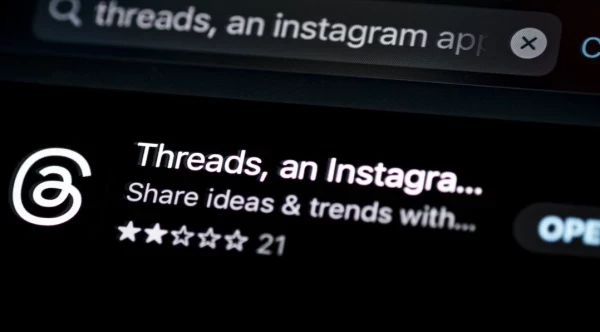Omni-Channel Customer Experience: 3 Urgent Tasks
Add bookmarkIn the coming days, Call Center IQ will publish its third annual Executive Report on the Omni-Channel Contact Center. The report – free to all Call Center IQ members – represents the world’s most comprehensive inquiry into the state of the omni-channel customer experience.
It reveals the extent to which businesses value the omni-channel concept, the extent to which contact centers are changing amid this customer experience resolution, and the strategies organizations must employ in order to continually meet (and exceed) the evolving demands of today’s customers.
Knowing our reports are simultaneously useful for benchmarking and planning purposes, we draw from two important data sources. The first is our annual Omni-Channel Customer Experience survey, which provides a vivid window into the current state of the omni-channel revolution.
The second is our panel of customer experience experts, which not only analyzes the data but provides commentary and insight on the steps businesses must take to achieve higher levels of excellence.
Ahead of the report’s publication, we asked our experts to identify the most urgent tasks required of those looking to create or optimize an omni-channel customer experience. Excerpts of their answers follow:
Be Where Your Customers Are (Not Everywhere)
Jeremy Payne, Enghouse Interactive
The most important task businesses can carry out in this context is to spend time upfront ensuring they understand their customers and what channels and devices these customers use or like to use in interactions with other businesses. They can then use that insight to put together a prioritized list of channels to use in order to optimize customer interactions, along with an associated rollout plan.
By simply opening up all channels to all people, businesses risk creating a drop in customer experience. Consequences include inconsistency from one channel to another and a customer base frustrated by having to spend more time than necessary on the interaction process.
Standardize Service Levels to Facilitate Seamless Channel-Spanning
Michael Mills, CGS
The most pressing challenge is to standardize service levels across an omni-channel support environment. [This assures] a high level of customer satisfaction is consistently maintained [even] as incidents are moved across multiple channels within a resolution workflow process. Normally, service levels for calls and emails and chat are very different [when it comes to] average speed of answer and response times, which will result in inconsistent customer satisfaction ratings for specific channels.
The key to this – and to a successful omni-channel support environment -- is to create a seamless and transparent incident management process for the end users regardless of which channel is initiated and transferred to during the resolution process. Call center businesses will need to implement the required tools, provide the necessary agent training, and modify standard service levels and associated staffing levels to accommodate such a model.
Make Data Available Across Channels to Establish a 360-Degree Customer View
InMoment
Data availability [is the most urgent priority]. We have the data, but we still don’t do a very good job making it available or sharing and integrating it from one spot or location to other places. For example, sharing data from one department and sharing from one source is something every contact center should be moving toward. Nobody wants to call the contact center, explain the problem to one agent, be told they can’t help but can put you in touch with the right person, only to have your call transferred and the new agent has to ask the same questions and gather the same information you gave to the previous agent.
This has to be a priority setting. People at all levels [of the business] have to understand and realize that it’s an investment in the company.
Greg Moser, PowerObjects
Due to a fragmented infrastructure with customer data in disparate systems throughout the organizations, very few companies have a true 360-degree view or closed loop process to support their customers. [Your organization must] bridge those islands of data to ensure a predictable, repeatable level of proactive, high-quality customer care experience with your customers.
[eventPDF]





















